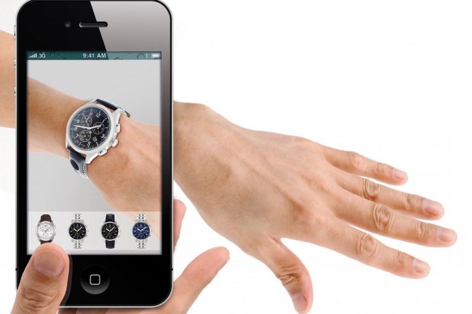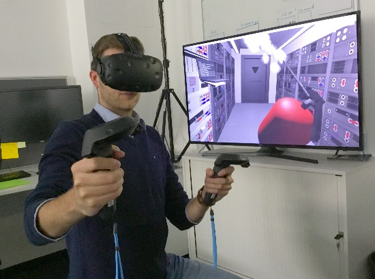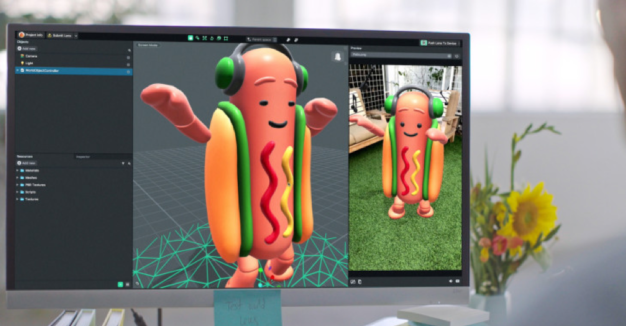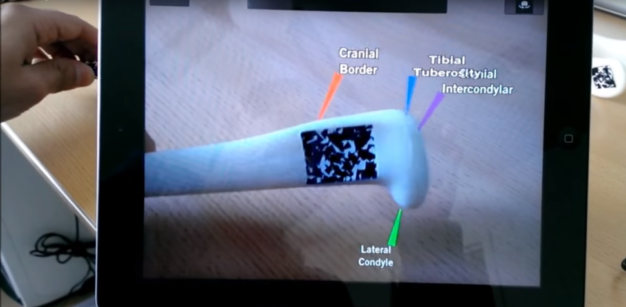(Written by Adrian Engelhardt)
Augmented reality (AR) takes a live view of our natural environment through a smartphone camera or other device, and enhances it by overlaying computer generated sensory input such as sound, video, graphics and GPS data in real time. It is used to enhance the natural environments or situations and offer perceptually enriched experiences.
First developed in 1992 by Louis Rosenberg for use at the U.S. Air Force Research Laboratory in a system called Virtual Fixtures (seen above), the technology has now advanced to support more public and consumer facing software.
What’s the difference between AR and VR?
Augmented reality (AR) adds digital elements to a live view often by using the camera on a smartphone or tablet. Our reality here is augmented by the graphics we can see accompanying and interacting with our real world. It uses real time tracking data to put digital elements into an organic scene. This technology has many uses, but is primarily used in marketing.

In the photo above, the digital 3d model of a watch is being superimposed onto the live footage of a person’s hand. The user has the option to change the 3d model of the watch to ‘try on’ different styles.
Virtual reality (VR) implies a complete and immersive experience that shuts out the physical world. Our reality in this scenario is completely replaced by a digital version, which can place the user in any digital environment with any digital avatar body. This technology is generally focused on entertainment in the forms of video games as well as watching 360 videos.

This image shows a man with a VR mask on and controllers in each hand. On the screen behind him is what the man is seeing in the VR mask. His point of view is being tracked by the headset, which shows up on his screen in real time. The boxing glove is being tracked by his controller and when he presses the buttons, the hand in the game will react.
Who uses AR?
Companies like Nintendo, Snapchat and Ikea have all jumped into using the technology to create video games, filter photos and plan furniture lay outs, but there are plenty of other uses out there.
As the first social media company to offer AR features to its users, Snapchat has arguably been the most successful in launching the AR revolution. In 2015, it launched ‘Lenses’, which used a face tracking software to manipulate the users face into an emoji of sorts. Since then, Snapchat has continued introducing new filters that make use of AR, every day. Recently, snapchat launched an AR developer platform, Lens Studio, allowing any user with an affinity for 3d graphics to drop their own work into a scene and film it on their phones.

More real world applications of AR, include medical and technical labelling. Below, we see a photo of a fabricated bone with patterns printed on to show the labelling app where to track the data. This technology allows for quick and specific information without having to deal with cumbersome textbooks or the overwhelming stream of information from the internet. This technology makes the information in question specific and applicable to the user directly.

Augmented reality has often been teased by Hollywood movies as being a hologram, which leads me to believe that technology will continue down that route until we no longer need a phone or tablet to see AR. That would allow for a truly, immersive experience, one where we may no longer recognize the line between augmented and reality.


